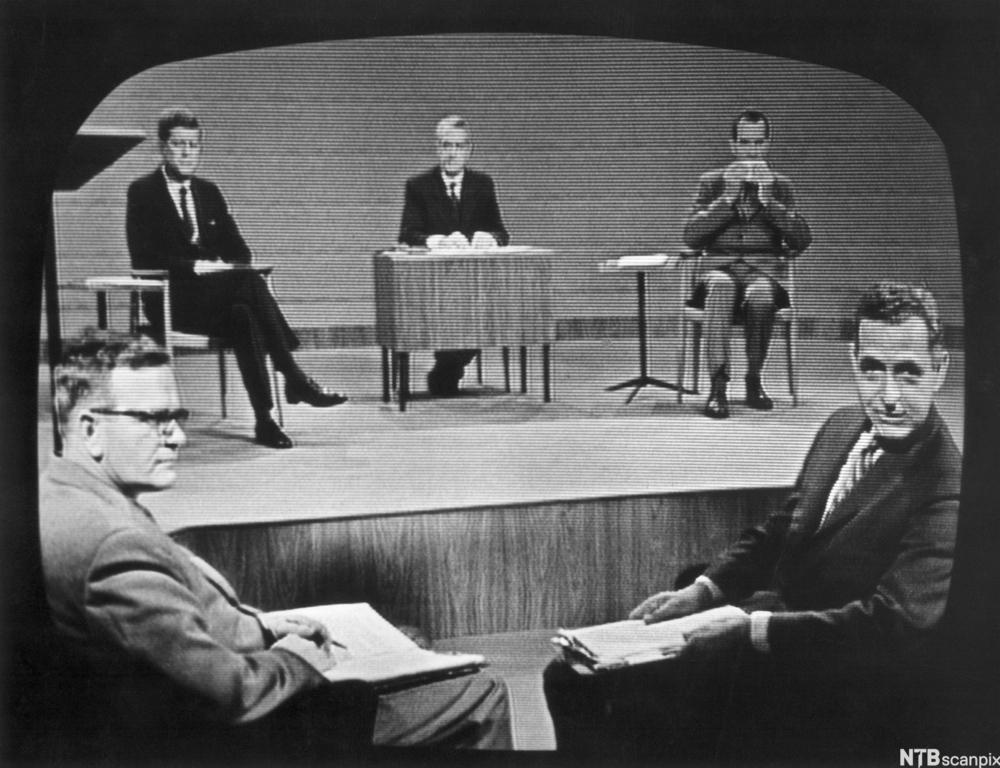
Vocabulary
unprecedented, suburban, pillar, embark, subversion, shatter, reprimand, cease-fire, disgrace, segregation, unconstitutional, discontent, approach, claustrophobic, acquaint, integral, subculture, demeanor, resentment, humiliate, turmoil, promiscuous, disintegrate
The Nifty Fifties
Baby Boom
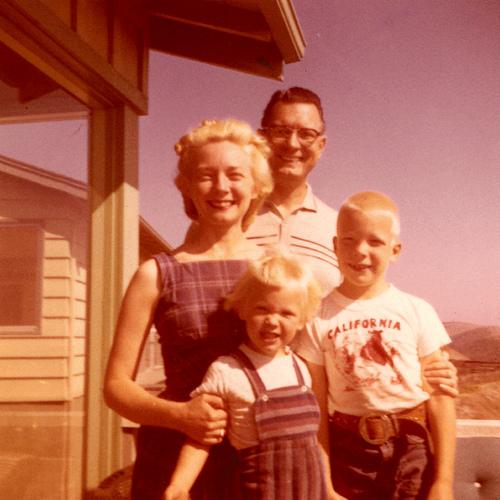
After World War II, Americans were eager to return to normal conditions. The demand for luxury products like cars, TVs and kitchen appliances fueled American industry, resulting in an unprecedented economic growth. Add to this the fact that 79 million babies were born between 1945 and 1964 - the Baby Boom – and we can understand this period’s extensive suburban development.
Home and Church
The move to the suburbs brought with it a growing religious interest in the population. It was a different kind of life, and people wanted to return to the safe American values of the home and the church. In fact, family and religion became the pillars of everything considered secure and respectable.
The Red Scare
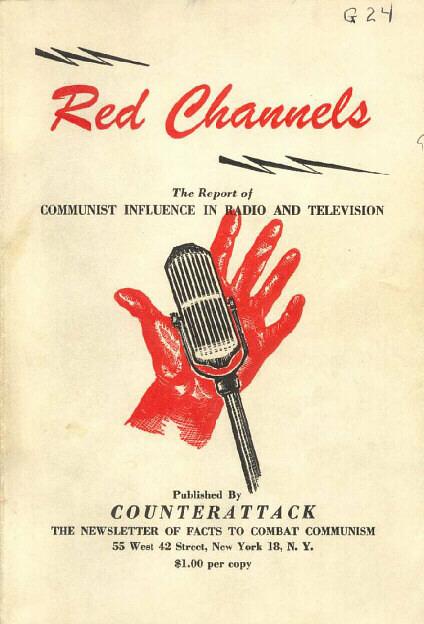
As it turned out, however, many Americans felt anything but safe during the fifties. Distrust of communism had gradually turned into mass hysteria. Senator Joseph McCarthy played an important role in this development by claiming that American society and government were infiltrated by communists. He then embarked on what became a witch-hunt to rid America of all communists and communist sympathizers. His methods were controversial, and the term “McCarthyism” is now an accepted term used to describe “the political practice of publicizing accusations of disloyalty or subversion with insufficient regard to evidence.” (The American Heritage Dictionary) This communist hysteria, or "Red Scare", as it was commonly called, ruined careers, destroyed friendships and shattered families. In 1954, McCarthy was officially reprimanded, and died two years later.
Wars in Korea and Vietnam

The years from 1945 to 1952 have been called the Truman Years, after President Harry S. Truman. The US was involved in the Korean War from 1950 to 1953, but this war ended in a rather unsatisfactory cease-fire. The next President of the USA, Dwight D. Eisenhower, worked for peace throughout his two presidential terms, but he could not prevent American involvement in yet another Asian war in 1955 – the Vietnam War. This involvement would escalate through the 1960s until they were forced to withdraw in disgrace in 1973. They went on supporting South Vietnam with weapons and money until the end of the war in 1975.
The Civil Rights Movement
Domestically, the 1950s brought the beginning of the civil rights movement and the dawn of better opportunities for African Americans. Although President Eisenhower has since been criticized for not doing enough to combat the problem of segregation, it was during his presidential period that the Supreme Court ruled that racial segregation in public schools was unconstitutional. This represented the beginning of the end of the “separate but equal” doctrine that had formed the legal basis for racial segregation since the 1890s.
Rock & Roll
This decade of dramatic change has also gone down in history as one of the world’s most culturally influential periods. The 1950s saw the rise of the Beat Generation, introducing a culture that included experimentation with drugs, increasing acceptance of homosexuality and a rejection of materialism. Writers Allen Ginsberg and Jack Kerouac marked this distinctive period. The 1950s also gave us Elvis Presley and rock and roll music, along with Andy Warhol and pop-art. Today’s literature, music and art all have their roots in this exuberant decade.
The Groovy Sixties
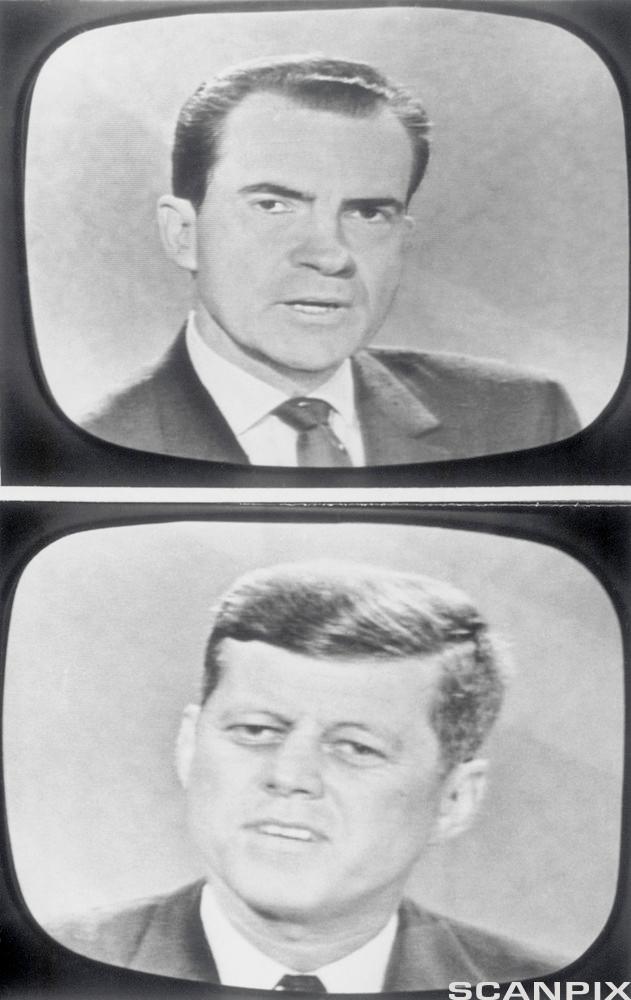
The first year of the new decade was dominated by a presidential campaign that was unlike any previous campaign. Television coverage of political events was now a matter of course, and the 1960 presidential campaign received more coverage than any before it. This may have been the reason why the young, good-looking Democratic candidate, John F. Kennedy, won the presidency over the older and much more experienced Republican candidate, Richard M. Nixon.
By 1960, the American standard of living was the best in the world, and there was no reason to doubt that this prosperity would continue. Focus on family values, faith in God, and the American work ethic were looked upon as the foundation of the American way of life. Everything seemed picture-perfect; but beneath the surface lurked discontent. The baby-boomers were approaching adulthood, and for many of these young people, the strict moral code of suburbia seemed claustrophobic. Through television and increasing travel, young Americans were becoming acquainted with new cultures and new life styles.
Protest
The rebellious rock and roll music of the fifties and the liberal lyrics of the popular music paved the way for the protest songs of the sixties. The Beat Generation’s distaste of an increasingly materialistic lifestyle evolved into the Hippie subculture. The hippies stood for peace and love among all human beings, one of their favorite slogans being, “Make love, not war!” They felt that materialism had alienated them from their inner selves, and in an attempt to “find themselves”, they encouraged free sex and experimented with drugs. They looked to astrology and to eastern religions for guidance rather than to the Christian churches of their parents. Both folk and rock music were an integral part of hippie culture; the lyrics often expressing the ideals of the movement in protest songs. The youth of the 1960s were self-aware, and they were equipped with the ability to identify what was wrong with their society and the self-confidence to protest against it. Despite the peaceful demeanor of the hippies, however, the USA was becoming a steadily more violent society. The increasing drug abuse among young Americans contributed to the situation.
The Kennedy-era
The Kennedy administration worked to improve medical care and education in addition to promoting the Civil Rights Bill to ensure civil rights for African Americans equal to those of the white population. President Kennedy also supported women’s rights. John F. Kennedy’s presidency foreshadowed a new deal in American society. Unfortunately, his work was cut short when he was shot and killed in Dallas, Texas in November 1963. Kennedy’s successor, President Lyndon B. Johnson, continued Kennedy’s work to advance medical care and education. It was during his period in office that the US intensified their involvement in the Vietnam War, spurring deep resentment and mass protests both at home and abroad.
African Americans and Civil Rights
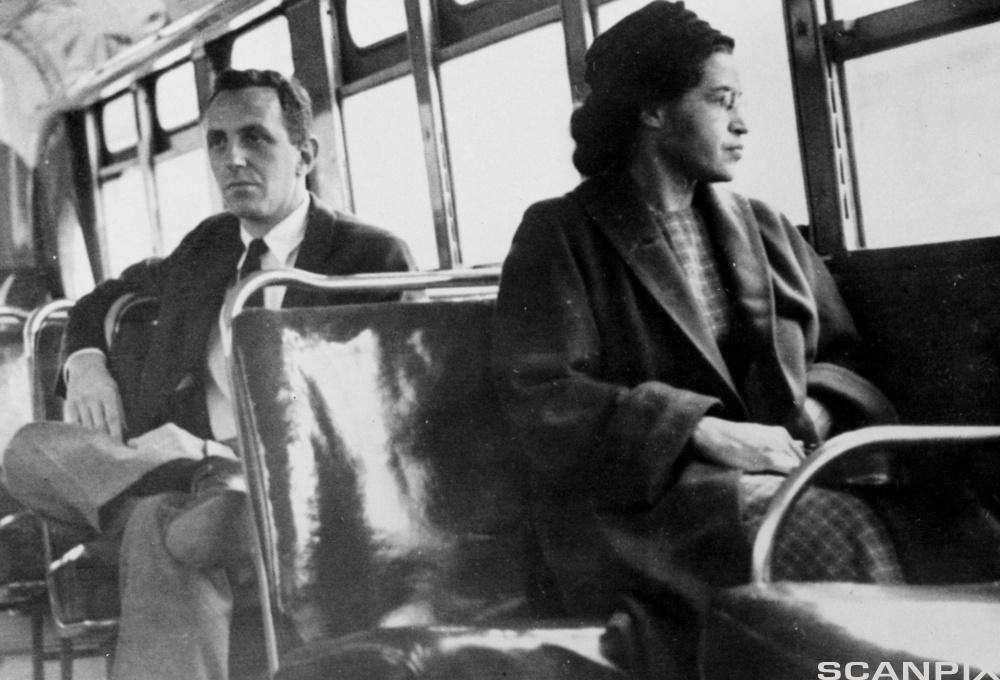
Another source of discontent was the continued racial discrimination against the African American population. Anti-racist protests took many forms. Rosa Parks went down in history when she refused to give up her seat on the bus to a white man who had no seat. She was arrested and jailed, and although she was bailed out the next day, her brave action drew massive support – both black and white - for the Civil Rights Movement. Martin Luther King was the charismatic leader of this movement, and stood for a peaceful approach to equal rights. He received the Nobel Peace Prize for his work in 1964 – the same year that the Civil Rights Act was passed, outlawing both racial- and gender discrimination. Though a big step in the right direction, true racial equality was still long in coming; demonstrated by the race riots in the latter part of the decade. Unfortunately, Martin Luther King did not live to see the fruits of his labor – he was assassinated in Memphis, Tennessee in 1967.
The Space Race

The 1960s was also a decade of great technological advances; in particular within space technology. In 1957, the USSR had managed to send Earth’s first artifical satellite into orbit. Humiliated, the Americans entered into what became known as the “space race.” This race culminated with the Apollo 11 launch in 1969. On July 21, Neil Armstrong became the first human being to walk on the moon, making history with the words, “That’s one small step for man, one giant leap for mankind.”
The Legacy of the Sixties
By the end of the sixties, the United States was a nation in the clutches of turmoil. The older generation did not understand the way of life of the younger generation, which they considered immoral and promiscuous. Nor did they know how to live on equal terms with the African American population. Men did not know how to handle women who were demanding to live their lives as they chose. The basis of life as they knew it – family and religion – was in the process of disintegrating.
Video Lecture
Khan Academy has made a video lecture giving an overview of major events from WWII to the Vietnam War. Listen to the lecture, take notes and make multiple choice. Challenge a friend in class.
Tasks and Activities
Tasks and useful sources The Fifties and Sixties
Video Lectures
The Korean War and The Vietnam War.
Further Reading
The Civil Rights Movement and Black Power.
Suggested Literature
Tim O'Brian; "The Ambush" ( short story, The Vietnam War)
Kathryn Stocket: The Help. Adapted to film in 2011.
See The Help and A Study of The Help